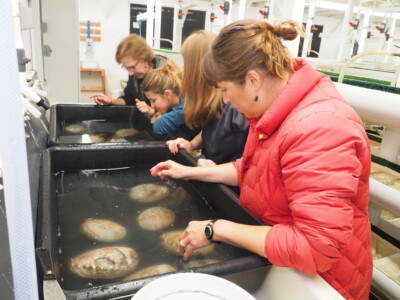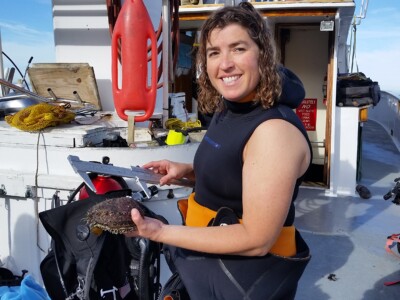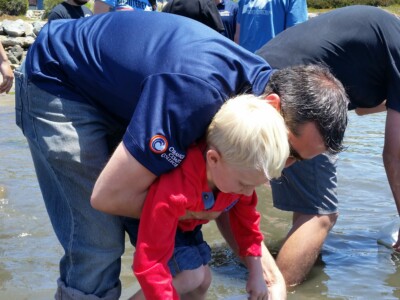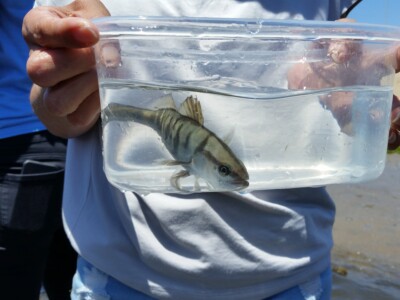Curt Storlazzi, USGS
Moss Landing Marine Labs Seminar Series - October 4th, 2018
Hosted by the Geological Oceanography Lab
MLML Seminar Room, 4pm
(or Watch it Live here!)
Open to the public
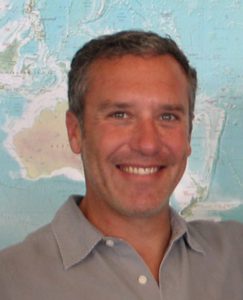 Curt received his BSc from the University of Delaware in 1996, his PhD from the University of California at Santa Cruz in 2000, and has been a research geologist in the U.S. Geological Survey’s (USGS) Coastal and Marine Geology Program since 2003.
Curt received his BSc from the University of Delaware in 1996, his PhD from the University of California at Santa Cruz in 2000, and has been a research geologist in the U.S. Geological Survey’s (USGS) Coastal and Marine Geology Program since 2003.
Curt’s research focuses on the quantitative study of hydrodynamics, sediment transport, and geomorphology in coastal and marine environments across the Pacific, Atlantic, Arctic, and Indian Oceans.
Currently, Curt is the Chief Scientist of the USGS Coral Reef Project and leads a research team of 13 PhD- and MSc-level scientists that examines the geologic and oceanographic processes that affect the sustainability of US coral reefs and reef-lined coasts, authoring more than 130 scientific papers, reports, and book chapters on these topics.
Curt is on the steering committee for the US Coral Reef Task Force and regularly contributes scientific review for the US Global Change Research Program, NOAA’s National Marine Sanctuary Program, the National Park Service, the USFWS Landscape Change Cooperatives, and theUSGS Climate Science Centers.
Coral Reefs, Climate Change, and Atoll Sustainability:
How long will atolls be able to sustain human habitation?
Although absolute rates of sea-level rise (SLR) and projected 2100 global sea levels are still under deliberation, the models consistently suggest that eustatic sea level will be considerably higher by the end of the century and rates of SLR will far outstrip vertical coral-reef accretion rates, which will have a profound impact on coral reef-lined islands. Atoll islands are low-lying carbonate Holocene features, many of which have maximum elevations of less than 4 m, that support 1000 year-old cultures, yet the amount of land and water available for human habitation, water and food sources, and ecosystems is limited and extremely vulnerable to wave-driven flooding and inundation from SLR. The USGS is leading a multi-agency, multidisciplinary effort to understand how SLR and climate change may impact low-lying atoll islands in Micronesia using field observations and global climate model outputs to drive coupled hydrodynamic and hydrogeologic models for a number of SLR and climate change scenarios. Rising sea levels and climate change will reduce the ability of coral reefs to mitigate wave-driven flooding in the future, leading to more frequent, persistent, and extreme marine flooding and overwash on atoll islands, damaging infrastructure, habitats, and agriculture. More importantly, the increased marine flooding, along with decreased precipitation, will result in salinization the islands’ limited freshwater drinking supplies with such frequency that the freshwater resources will not be able to recover. Our findings suggest that such “tipping points” – when the islands can no longer sustain a freshwater lens and thus human habitation – will likely occur in decades, not centuries as previously thought, which will result in significant geopolitical issues when it becomes necessary to abandon and relocate island-states.
More info on:
Coral Reefs: https://coralreefs.wr.usgs.gov/
Sea-level Rise and Atolls: https://walrus.wr.usgs.gov/climate-change/atolls/
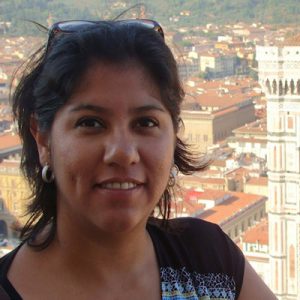 Marisol has studied coastal upwelling for over 10 years, focusing on its variability, and how it relates to climate (García-Reyes et al., 2015) and its marine ecosystem (García-Reyes et al., 2013). She has a background on physics and atmospheric sciences, but she's an oceanographer at heart. Her current research includes a comparative study on climate impacts on the California and Benguela upwelling ecosystems (see CalBenJI project), and development and analysis of Indicators of ocean and climate variability in California (see the MOCI project)
Marisol has studied coastal upwelling for over 10 years, focusing on its variability, and how it relates to climate (García-Reyes et al., 2015) and its marine ecosystem (García-Reyes et al., 2013). She has a background on physics and atmospheric sciences, but she's an oceanographer at heart. Her current research includes a comparative study on climate impacts on the California and Benguela upwelling ecosystems (see CalBenJI project), and development and analysis of Indicators of ocean and climate variability in California (see the MOCI project)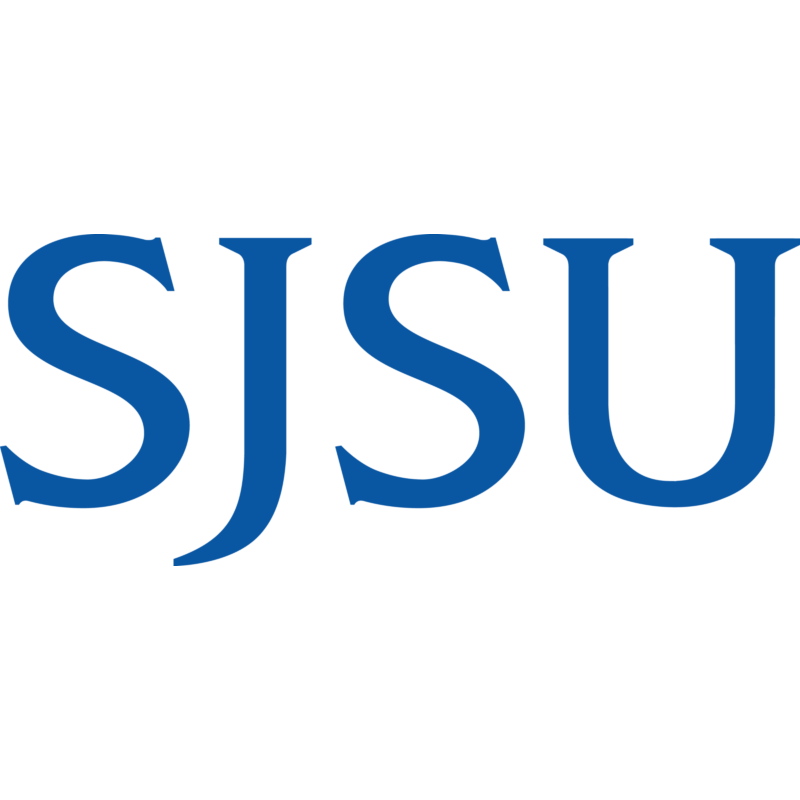

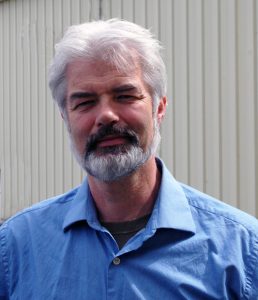 In 1980, Ron Holthuysen founded
In 1980, Ron Holthuysen founded 
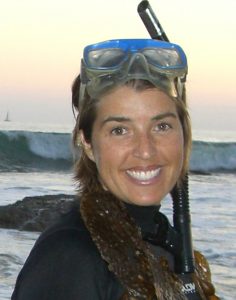 Nancy is a Virginia native with a B.S in Marine Biology with an emphasis in aquaculture and chemistry. Early in her career, Nancy worked in the aquaculture industry and for a local public aquarium. Wanting to do more conservation work within her community, Nancy left the aquarium to build a program to restore Orange County, California’s decimated kelp forests. With help from magazine and newspaper articles, as well a television and radio, Nancy has helped to bring the message of the importance of kelp forests along our coast to millions. The Orange County Ocean Restoration Project has taught 5000 students how to grow giant kelp in their classrooms that was planted in the ocean by 250 trained volunteers and now there are giant kelp forests in areas that had been barren for more than 25 years. To continue her work, Nancy started a nonprofit organization called
Nancy is a Virginia native with a B.S in Marine Biology with an emphasis in aquaculture and chemistry. Early in her career, Nancy worked in the aquaculture industry and for a local public aquarium. Wanting to do more conservation work within her community, Nancy left the aquarium to build a program to restore Orange County, California’s decimated kelp forests. With help from magazine and newspaper articles, as well a television and radio, Nancy has helped to bring the message of the importance of kelp forests along our coast to millions. The Orange County Ocean Restoration Project has taught 5000 students how to grow giant kelp in their classrooms that was planted in the ocean by 250 trained volunteers and now there are giant kelp forests in areas that had been barren for more than 25 years. To continue her work, Nancy started a nonprofit organization called 